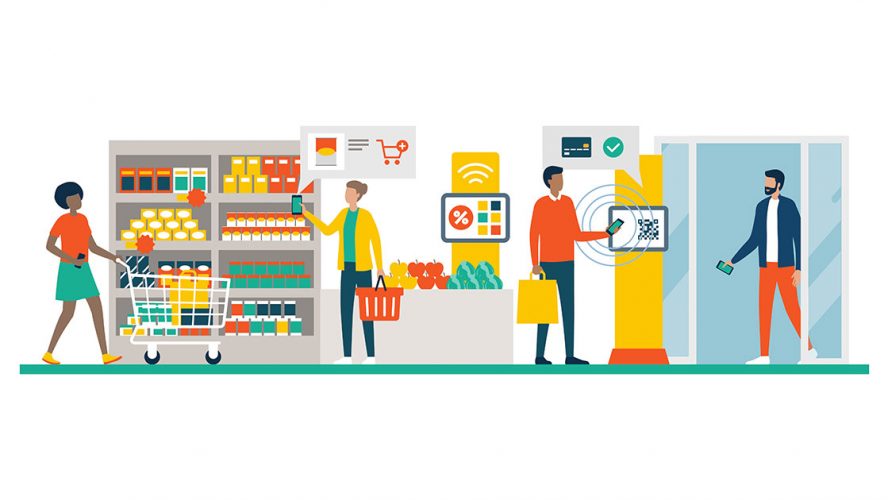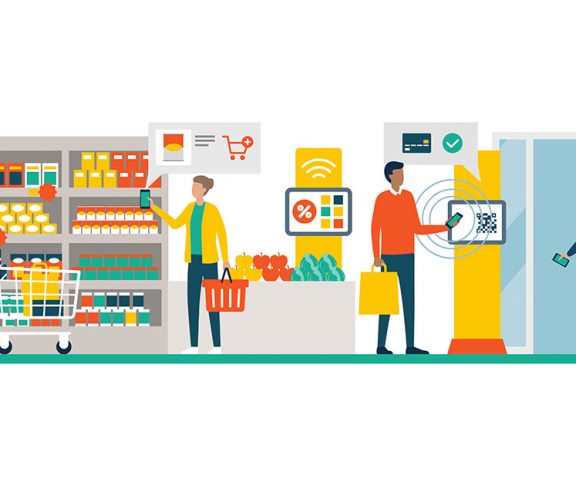
Kevin McMenimen, LPC
Chief Operating Officer, LPM Media Group/LP Magazine

Jacque Brittain, LPC
Editorial Director, LP Magazine
The term loss prevention (LP) grew from the early days of the profession when it was referred to as store security. It has further evolved as asset protection and in some retail settings is identified more comprehensively as profit protection. Where loss prevention was once considered a necessary evil to protect against shoplifters, today’s loss prevention is a true business function working with a wider lens; surveying all areas of loss across the enterprise.
The strategy of “Total Retail Loss,” first introduced by professor Adrian Beck of Leicester University in the United Kingdom, identifies and investigates areas of loss across the entire business. This inclusive approach is driving much of the next generation of LP technology, encompassing the basic concepts of external and internal theft, and vendor losses, while also looking more broadly at safety, workers compensation, ecommerce, regulatory compliance, and even insurance.
LP Staffing now comprises a skilled team of asset protection analysts, leveraging tools and technologies with advanced analytics from touchpoints across the business. These tools not only serve to protect the product, but protect the profit as well, regardless of from where it may be leaking.
As LP works hand-in-hand with all aspects of the business, we will continue to see crossover in technologies as tools designed to facilitate sales incorporate loss prevention safeguards, continuously fine-tuning the metrics to drive a reduction in loss.
A connected LP ecosystem
These tools and touchpoints feed LP data from across the enterprise to best serve the overall needs of the business. LP technology is in the supply chain helping to make loading and unloading more efficient, navigating truck routes to reduce delays and the potential for theft, and identifying safe and energy-efficient drivers to control costs in delivery.
Product tracking from source to consumer and all points in between means a reduction in loss through a streamlined inventory process designed to not only prevent theft, but better identify theft if and when it occurs. Artificial intelligence technologies to support online buying will validate the individual’s identity and address before, during, and post-transaction for delivery and returns, with face and voice biometrics from mobile devices used to validate orders and significantly impact online fraud.
These same devices will be used to support sizing, virtual wardrobing, and better product choices overall to greatly impact margin loss by helping shoppers to make better buying decisions the first time, reducing or eliminating costly returns that impact corporate profitability.
Inside the store, smart shelves that track product availability are connected to checkout systems to identify product sales, as well as events where merchandise is removed without payment, connecting to CCTV cameras to identify theft. These cameras are enabled with image analysis for facial and feature recognition to identify repeat offenders and connected crimes.
Smart shopping carts connected with scanners that track the product placed within and prevent losses from the bottom of the basket to avoid the opportunity for missed sales. There are even those that lock up before leaving the perimeter of the store to prevent push-out losses of carts filled with unpaid merchandise.
A connected loss prevention industry
Retailers are working together, sharing information through new technologies, and working hand-in-hand with law enforcement through organized retail crime associations across the country, driven by data share technologies that share theft information amongst the members, with alert mechanisms to help prevent related losses.
In 2019, we saw the creation of the National Shoplifting Prevention Coalition, and today we see more and more retailers banding together to stop pushing the problem to the next door, but instead work together to reduce and resolve the problem together.
The technology here is a growing investment by retailers in education tools as an effective means to combat shoplifting recidivism, and reduce the impact on law enforcement and the courts with a proven approach founded in social responsibility.

